X-ray scattering
Size, shape and structure analysis

Size, shape and structure analysis

X-rays are scattered by the electrons in a material. From the measured interference pattern of all scattered waves one can deduce information about nanoscale and atomic order and disorder in a given sample. From periodically structured materials discrete Bragg scattering is observed, whereas diffuse scattering prevails in case of disordered materials.

Malvern Panalytical's instruments offer a variety of elastic X-ray scattering techniques, covering a wide range of scattering vectors for analyzing bulk materials and thin films alike.
SAXS is one of the most versatile tools to analyze nanoscale structures and dimensions in a variety of sample types (liquids, powders, solids, gels...). Samples may be amorphous, crystalline or semi-crystalline.
Typical samples that can be investigated with SAXS include colloidal dispersions, surfactants, polymers, biomacromolecules, membranes, nanocomposites, nanopowders and porous materials. The orientation of anisotropic nanoscale structures can be investigated by measuring 2D SAXS patterns.
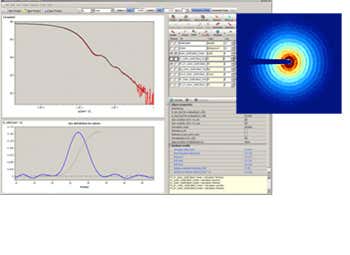
Small-angle X-ray scattering applied to dilute protein solutions has become an accepted and rapidly growing structural biology technique. It provides information e.g. about the overall protein size and shape, folding and unfolding, aggregation behaviour, stability and molecular weight.
Measurements can be done under near native conditions, and under variation of e.g. protein concentration, pH, ionic strength or temperature.
SAXS ultimately also allows for a low-resolution molecular shape envelope reconstruction and thus delivers information that is complementary to that obtained from single crystal XRD or NMR.

For the characterization of samples containing particles or structural features in the size range of several hundreds of nanometers, the resolution of a conventional SAXS setup is insufficient.
Ultra-small angle resolution can be achieved by using an experimental setup based on high resolution optics.
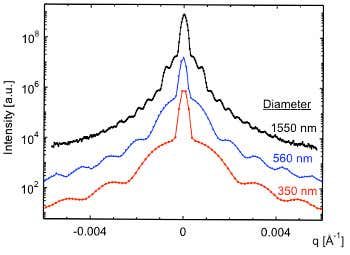
Based on the scattering pattern measured at the higher angles one can identify and quantify crystalline phases that are present in a given sample, as well as estimate the size of nanocrystallites.
The orientation of the crystal lattice in anisotropic structures, e.g. in polymers, can be deduced from 2D WAXS patterns.
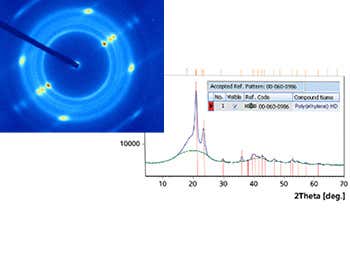
Total Scattering uses hard radiation and detector scans up to very high 2theta angles to acquire scattering data up to highest possible scattering vectors.
From the deduced atomic pair distribution function (PDF) the short-range atomic order in nanocrystalline and disordered materials can be deduced.

GISAXS (grazing incidence small-angle X-ray scattering) is used to investigate nanostructure in thin films. Surface sensitivity is achieved by using a grazing incidence beam geometry.
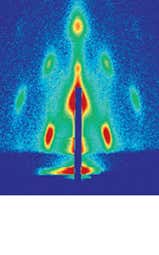
From a measured X-ray reflectivity profile, one can determine the thickness, interface and surface roughness, and electron densities in layered thin films.
The combination of USAXS with SAXS/WAXS and PDF measurements enables for the characterization of hierarchical structures on multiple length scales, covering Bragg spacings from sub-Angstrom to micron(s).
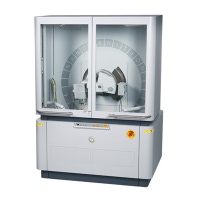
Empyrean Nano EditionVersatile X-ray scattering platform |
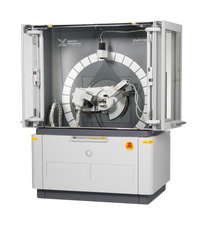
EmpyreanThe intelligent diffractometer |
|
|---|---|---|
| Technology | ||
| X-ray Diffraction (XRD) | ||